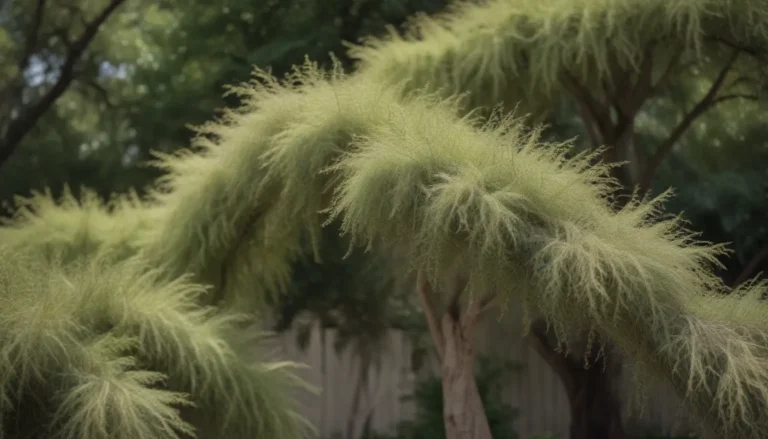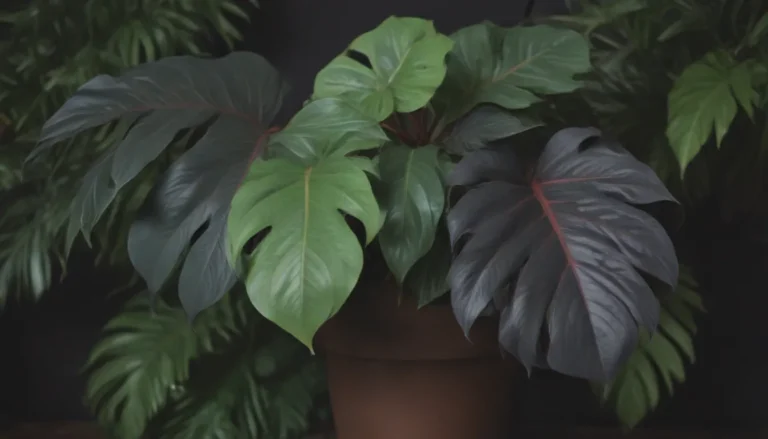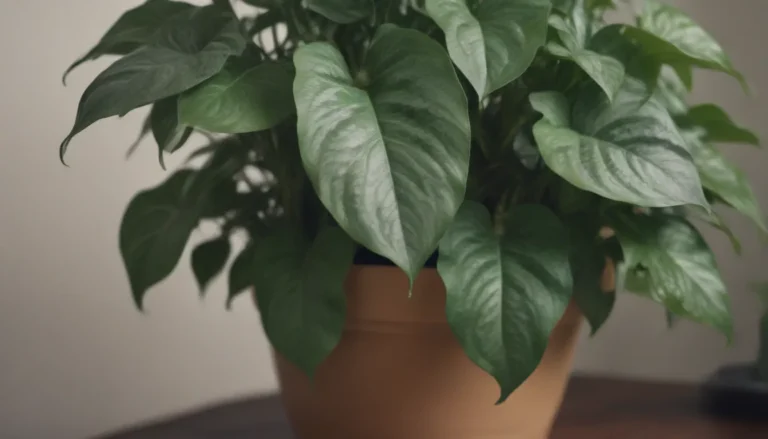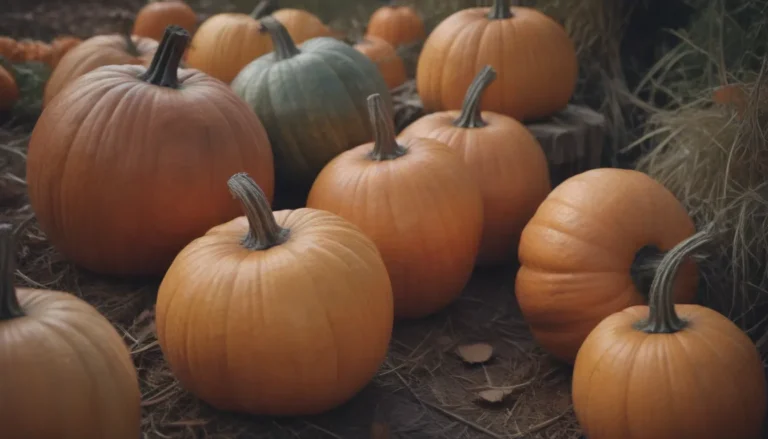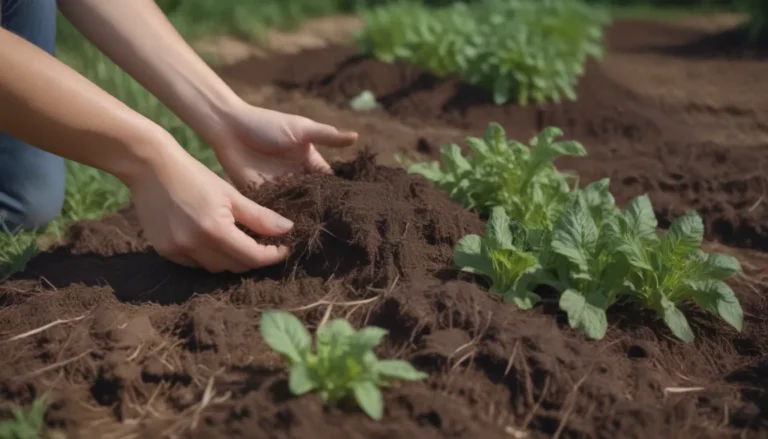Comprehensive Guide: Growing and Caring for Snowdrop Flowers
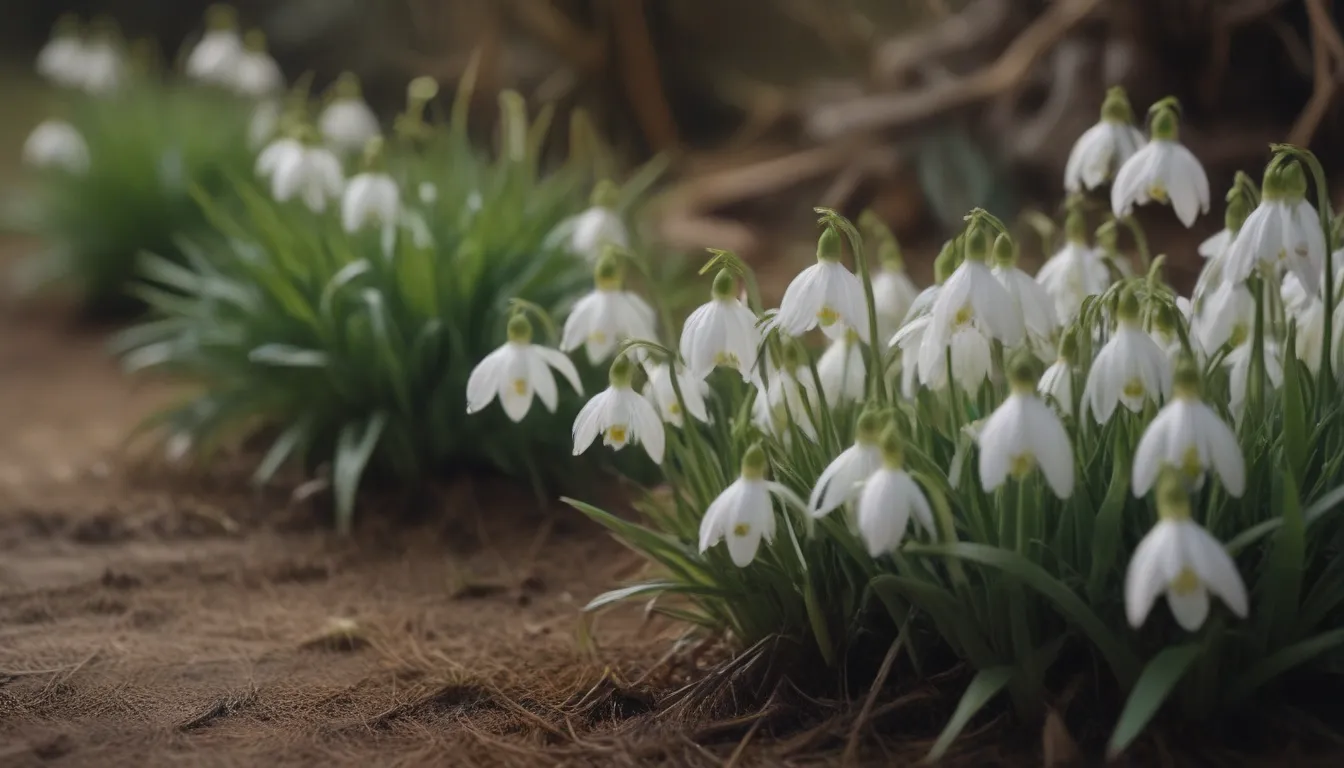
Welcome to our comprehensive guide on how to grow and care for snowdrop flowers, the cheerful bulb plants that are among the first to bloom in the spring. Snowdrops, also known as Galanthus nivalis, are easy to maintain and can be grown in various spots in your yard without much hassle. In this article, we will cover all the essential information you need to know to successfully cultivate and nurture these beautiful flowers.
Benefits of Growing Snowdrops
Snowdrops are a joy to behold in the early spring, and they offer several benefits for gardeners. Here are some key reasons why you should consider adding snowdrop flowers to your garden:
- Low Maintenance: Snowdrops require minimal care and attention, making them ideal for busy gardeners.
- Pest and Disease Resistant: These flowers are toxic to humans, dogs, and cats, which means they are rarely bothered by pests. This natural defense mechanism helps to keep your snowdrops safe from potential threats.
- Naturalization: When planted under deciduous trees, snowdrops can naturalize and form a beautiful colony, enhancing the visual appeal of your garden.
Snowdrop Care Tips
To ensure your snowdrop flowers thrive and flourish, it’s essential to provide them with the right care. Here are some key care requirements for growing snowdrops:
Light
- Snowdrops need sunlight to thrive, so make sure they receive at least 6 hours of direct sunlight each day.
- Plant them in partially shaded spaces under large deciduous trees where they can benefit from both sunlight and protection from excessive heat.
Soil
- Grow snowdrops in loose, well-drained soil rich in humus. Avoid heavy clay soil, as it can impede the growth of the bulbs.
Water
- In cooler climates, snowdrops do not require excessive watering. However, in warmer regions, you may need to provide additional water to keep the soil moist.
- Spring rainfall and snow melt usually provide sufficient moisture for snowdrops without the need for supplemental watering.
Temperature and Humidity
- Snowdrops prefer cooler temperatures and moderate humidity levels. They are best suited to regions up to zone 7 and may lose vigor in hotter climates.
- These flowers are cold-hardy and can withstand temperatures as low as zone 3.
Fertilizer
- Use a bulb fertilizer at planting time to give your snowdrops a good start.
- In late fall, add compost to provide the necessary nutrients for the following year’s bloom.
Types of Snowdrops
There are several varieties of snowdrops and related plants that you may consider adding to your garden. Here are some examples:
- Galanthus elwesii
- Galanthus nivalis ‘Flore Pleno’
- Galanthus nivalis ‘Viride Apic’
- Leucojum vernum
- Leucojum aestivum
Pruning and Propagating Snowdrops
Snowdrops require minimal pruning, and you should avoid trimming the foliage or deadheading the spent flowers. Allow the plant to go dormant naturally to ensure its health and longevity. When propagating snowdrops, you can lift and replant the bulbs to encourage naturalization and spread.
Overwintering and Common Pests
Snowdrops are cold-hardy plants and do not require special care for overwintering. They are generally free from serious pests and diseases, making them a hassle-free addition to your garden. Deer typically avoid eating snowdrop bulbs, and moles are unlikely to disturb them.
Tips for Successful Bloom
Unlike some plants that require specific conditions to bloom, snowdrops will flower effortlessly if provided with the right care. Simply follow the recommended growing conditions to enjoy a beautiful display of these delicate flowers in the late winter or early spring.
Snowdrop Flower Characteristics
- Snowdrop flowers are small, white, bell-shaped blooms that emit a creamy almond scent.
- The petals of snowdrops consist of three outer petals that arch over three inner petals, creating an elegant and delicate appearance.
- After flowering, allow the foliage to yellow or brown before removing it to ensure the plant stores nutrients for the following year’s bloom.
Final Thoughts
In conclusion, growing and caring for snowdrop flowers can be a rewarding experience for gardeners of all levels. With their early bloom, low maintenance requirements, and natural beauty, snowdrops are a valuable addition to any garden. By following the tips and guidelines outlined in this comprehensive guide, you can successfully cultivate and enjoy the charm of these delightful spring flowers. Happy gardening!
